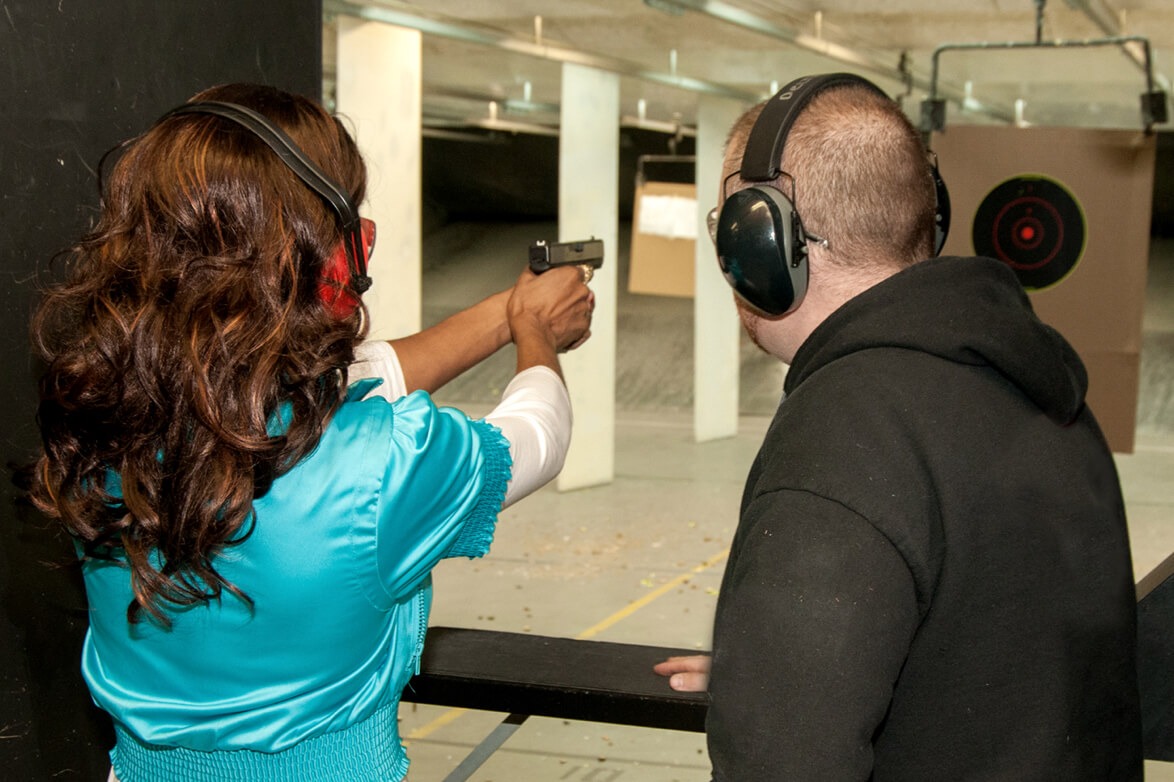 Back to News
Back to News
October 21, 2025
Outside Influencers Maul the Truth About Black Bear Hunting
Once dwindled due to habitat loss and overhunting, the black bear population in the United States is estimated to now be between 339,000 and 465,000. While the species is considered stable or increasing and not threatened, leave it to animal rights zealots and anti-hunters to get bent out of shape about an issue they know nothing about.
From 1985 to 2025, American black bears have recovered and expanded their range: state and continental syntheses show black bear numbers rose steadily from the late 1980s, and today, continental estimates are at their highest in a century, while individual U.S. state estimates vary. For example, Wisconsin’s bear population was estimated at 9,000 bears in 1989. The most recent data indicates the bear population is currently estimated just north of 24,000 bears – that’s a 166.7 percent increase in roughly 35 years.
That recovery is great news. However, if left unchecked, the continued growth would be detrimental.
A Massive Increase in Population
The black bear population increase has produced measurable effects on both people and property. Wildlife agencies and U.S. Department of Agriculture (USDA) reports document large increases in human–bear incidents, rising reports of bears breaking into homes, vehicles and beehives, and a small but notable rise in dangerous encounters that have prompted local management actions like targeted removals, new coexistence programs and, in some states, renewed limited hunts to help manage the black bear population.
In Florida, anti-hunters spent hundreds of thousands of dollars on lottery entries to keep black bear tags from going to hunters. The campaign to disrupt the hunting permit process – and weaken the authority of state wildlife officials – began earlier this summer after Florida’s wildlife commission unanimously voted to restore the black bear hunt.
State wildlife managers estimate there are at least 4,000 bears in Florida as of 2023, with numbers reaching more than 11,000 by 2026 if left unchecked – marking 175 percent population growth.
“Slowing population growth will help balance population numbers with suitable habitat, and hunting is an important and effective tool that is used to manage wildlife populations across the world,” the agency states on its website.
Ignoring the facts, media outlets like The Mirror publish inflammatory articles to gin up outrage. Quoting the anti-hunting, animal rights group Humane World for Animals, formerly known as the Humane Society of the United States, an article titled “Anger as US trophy hunters kill 1 million black bears – new stats lay bare cruel death toll” is making waves across the pond.
“The relentless killing of black bears in North America, resulting in the deaths of 1.2 million bears, must prick our collective conscious. The next 25 years for black bears must better align with Americans’ values, and states must take action to stop the continual cycle of needless suffering and loss,” the article quotes Wendy Keefover, senior principal for wildlife protection at Humane World for Animals.
According to Keefover, “state officials often try to justify this cruelty as a public safety measure” and claims “killing more bears is doing nothing to make people safer.”
Meanwhile, authorities have reported first-time fatal black bear attacks in Florida, Arkansas and California in the past year.
Not so Cuddly
According to a study by the Northeast Black Bear Technical Committee, “As black bear numbers increase both numerically and geographically, leading to increased conflicts with people, agencies will face different management concerns than when their chief goal was recovery from overexploitation.”
“American black bears are more abundant than all other species of bears combined, have been subjected to the highest rate of government-allocated harvest (that is, purposeful management), and have drawn the attention of more managers and researchers involved in studies and population assessments than any other bear species,” the study states.
Just this year, several high-profile human-bear interactions have captured global interest. In May, an 89-year-old Florida man and his dog were found dead in Jerome, Florida. DNA evidence tied a 263-pound male black bear to the attack, marking the state’s first confirmed fatal black bear attack. The Arkansas Game and Fish Commission is still investigating two separate incidents after a 72-year-old Ozark man died after being attacked while on a tractor near Mulberry Mountain in Franklin County in early September and a 60-year-old man from Springfield, Missouri, was killed on a camping trip in Newton County about a month later.
Recently, stories of human-bear conflicts have been reported in states like Connecticut, Montana, Utah, California, Arizona, Virginia and Wisconsin.
When Truth and Logic Don’t Matter
Now, anti-hunters triggered by the thought of the black bear population being managed in part by hunters can add their name to a petition. Change.org is hosting a community petition titled “1.2M Bears Gone. Stop the Slaughter & Ban Black Bear Trophy Hunting in the U.S.”. Started by Community Petition three days ago and quoting talking points from Humane World for Animals, the petition has 1,200 verified signatures.
“Over 1.2 million bears have been legally killed for trophies in North America in just the last 25 years, and more than 1 million of those deaths happened here in the United States,” the petition claims. “These are living, intelligent, family-oriented animals—slaughtered for sport, ego, and wall-mounted prizes. This is not conservation. This is torture.”
In reality, it is conservation. And, if left unchecked, the black bear population would create serious safety, economic and ecological challenges. Hunters, who are taught in hunter safety classes to take ethical shots, are harvesting the animals in the time-honored tradition of hunting while proudly supporting wildlife conservation.
No Trophies for Wildlife Management
Wildlife agencies don’t rely solely on hunting to manage the bear population. They also use a variety of nonlethal techniques, including aversive conditioning to reinforce bears’ fear of humans. Today, wildlife management departments aim to balance conservation goals with public safety and property protection, a more complex mission than the simple goal of population recovery.
To avoid an increase in human-bear encounters, an ecological imbalance, health and disease risks, vehicle collisions and waste scavenging, active wildlife management, such as regulated hunting, habitat management and public education on coexistence are not only necessary, they are essential.
Much like facts.
Prior to joining NSSF, Nephi Cole was Natural Resource Policy Advisor for former Wyoming Governor Matt Mead, a Conservation Biologist for the USDA Natural Resources Conservation Service, and a Graduate of State University’s Environmental Soil and Water Science program.
You may also be interested in:
Everytown’s Propaganda Arm Puts Gun Control Over Saving Lives
‘Seeing People Like Me Shooting is Just Awesome’ – ADSS Returns Again at SIG Sauer Academy
Categories: BP Item, Education, Government Relations, Top Stories








